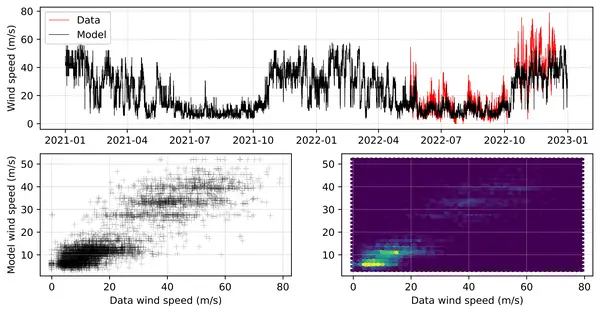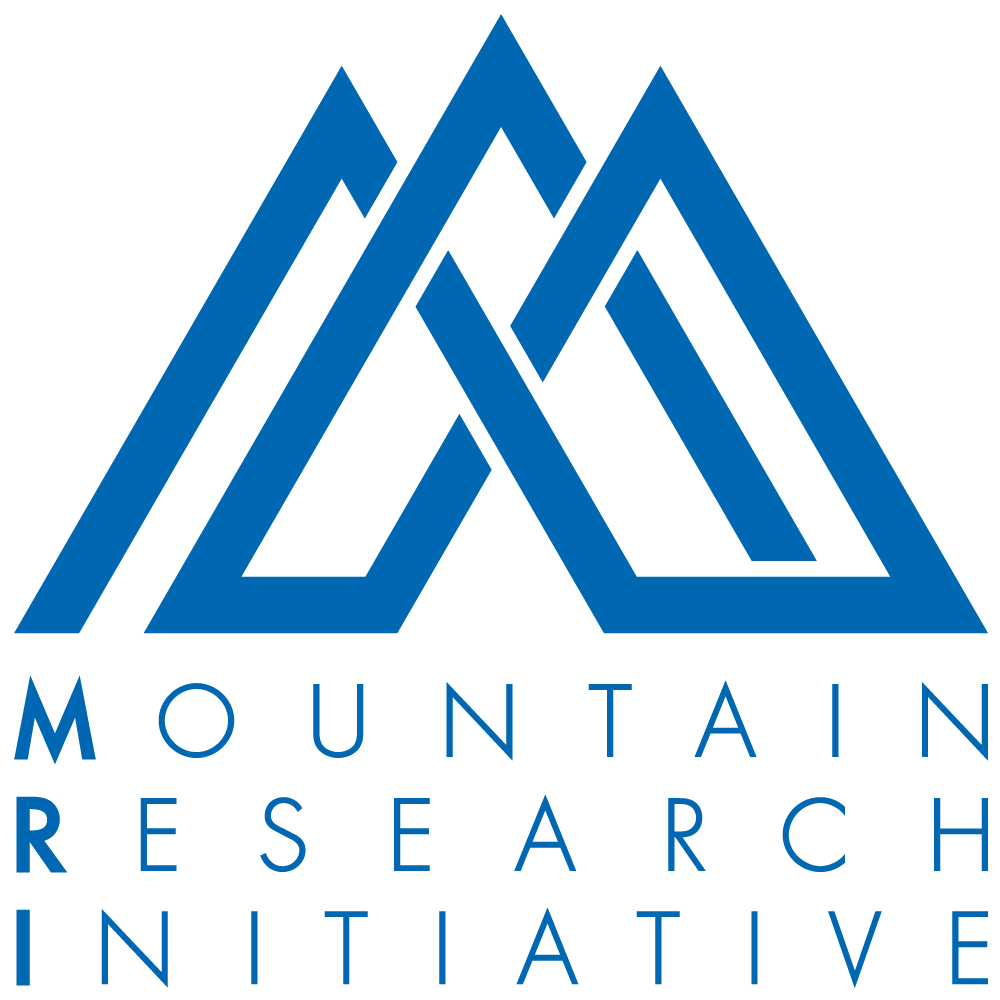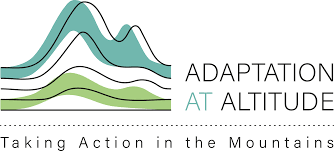King's College London (UK), National Centre for Atmospheric Science (UK) & Department of Hydrology and Meteorology, Nepal (Nepal)
Accurate forecasts of weather are extremely important in the mountains – where conditions can regularly endanger lives and critical infrastructure. It is unfortunate, then, that numerical weather prediction (NWP) models can seldom be run at high-enough resolution to capture the fine details that can matter so much (e.g., whether rain instead of snow falls on a steep slope above a hydroelectric power station, or how high the wind speed is on an exposed climbing route).
The project addresses this challenge by developing a computational platform to leverage machine learning (ML) techniques to correct NWP at key sites using weather station observations – an example of so-called ‘Model Output Statistics’ (MOS). Using wind speeds on the summit of Mt. Everest as a target application, we demonstrate that simple ML algorithms can improve predictions of key variables at important sites. We anticipate that the such a lightweight and flexible approach to improving forecasts will facilitate at-scale MOS (AtsMOS) for mountain sites in the future. Our next steps are therefore to encourage wider application of the AtsMOS platform at other mountain sites worldwide.
Main outputs:
In 2024, the workflow was released and described in a publication in the journal Geoscientific Model Development.
The resources generated by the project will be included in the next version of the GEO Mountains General Inventory, with the monitoring stations included in the In Situ Inventory (if not already).
Contact: Dr. Tom Matthews, Senior Lecturer in Environmental Geography, King’s College London: tom.matthews [at] kcl.ac.uk
Image from Tom Matthews








